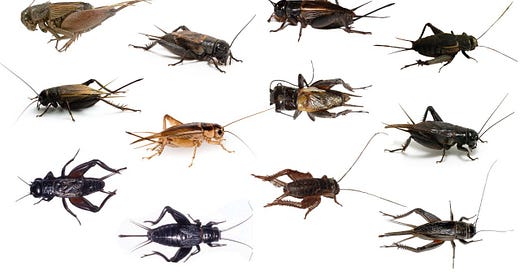In case you missed Part 1 of this series:
In it, I focused on changes in the ways in which boys and boyhood were perceived, through the lens of The Little Boy Book, published in 1986. That book drew on the long-standing stereotypes of masculinity and more recent neuroscience to craft advice for boy-raising. Three years later, the publisher added The Little Girl Book. Like its companion, this guide bases its advice on science from the 1970s and 80s that explored neurological and social differences between boys and girls. I am still working on a more detailed essay about the “girl book”, but preview gives you the gist.
Here is the index entry for “sex differences” in The Little Girl Book:
Sex differences and aggression, 11, 12, 53-54 and brain, 13-15 in classroom behavior, 110-13 in expression of feelings, 51- 52, 158 nature and nurture, 9 parents observations about, 3- 4, 6-8, 9, 18-19 physical strength, 26-27 in play, 51, 55 prenatal development, 23-24 research related to, 8-17 school readiness, 98-99 types of differences studied, 11-13
Here is the index listing for “sex differences” in The Little Boy Book
What should I make of this discrepancy? The boy book claimed to draw on the research into gender differences, but only the girl book devoted significant space to that research, not only in the index but in the text.
Hmmmm.






The little boys all act like bugs of various sorts? Nothing more about which to research ?